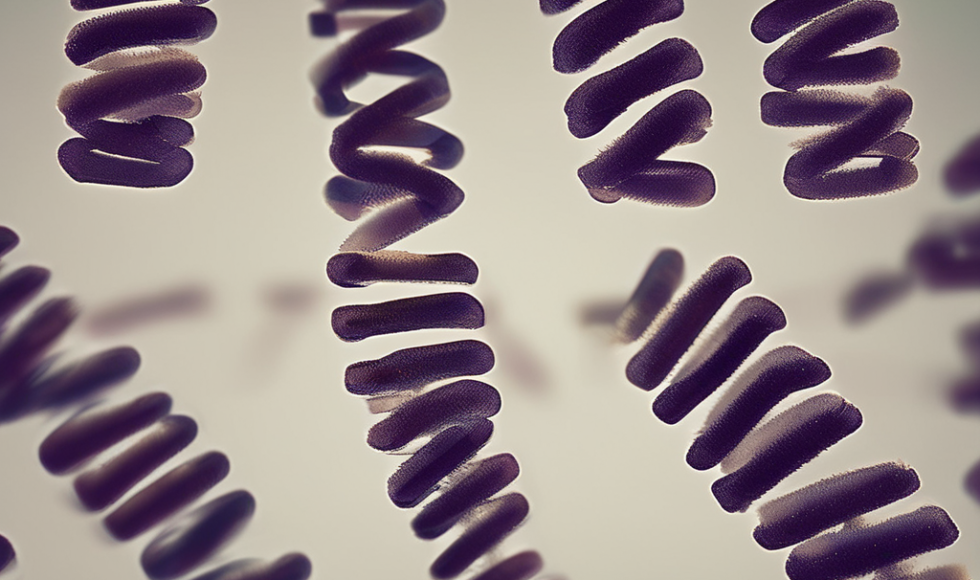Continuing with the London Calling 2024 sessions available on demand, tonight I watched Carol Greider from the University of California, Santa Cruz, present on “Nanopore sequencing reveals conservation of chromosome end-specific telomere lengths.” Greider spoke about telomeres, DNA sequences at the ends of chromosomes and their roles. Human telomeres consist of tandem repeats of a TTAGGG sequence. This sequence doesn’t code for anything, Greider explained, but telomeres serve an important function during cell division. When telomeres become too short, a DNA damage response is triggered. Telomeres shorten during cell division, and telomerase rescues the telomere shortening problem. Elongation of telomeres seems to be stochastic, Greider noted. Interestingly, telomerase is required for cells that must divide many times. Greider said, “inherited mutations in telomerase cause age-related degenerative disease.” In the clinical setting, telomere length is measured by FlowFISH. Telomere length does vary among individuals. “Telomere length equilibrium” is critical: short telomeres beyond a threshold lead to stem cell failure, and long telomeres predispose to cancer. Greider explained that Nanopore sequencing allows length determination of each individual telomere! Sam Sholes, a graduate student in Greider’s lab, added unique barcodes to telomeres (“TeloTag”) and performed whole genome sequencing with the MinION. Telomere length distribution, they learned, varies by chromosome. Greider explained that “each telomere is regulated around its own unique length” and is interested in the mechanism. To address this, they performed telomere capture of human genomes and released by digestion. The research team multiplexed samples on one sample with the enrichment protocol. The team also calculated variation and compared results to Southern Blots and FlowFish data. The patterns are very similar! Yet, Nanopore sequencing uncovered that human chromosomes have end-specific telomere length differences. The research team then sequenced samples from 147 individuals. Lengths seem to be established at birth and decrease with age. I knew very little about telomere length, and this session was fascinating. I am also intrigued by the enrichment system they developed and would like to learn more. Greider mentioned that a lab member had a poster on the sequencing that I will search for!



